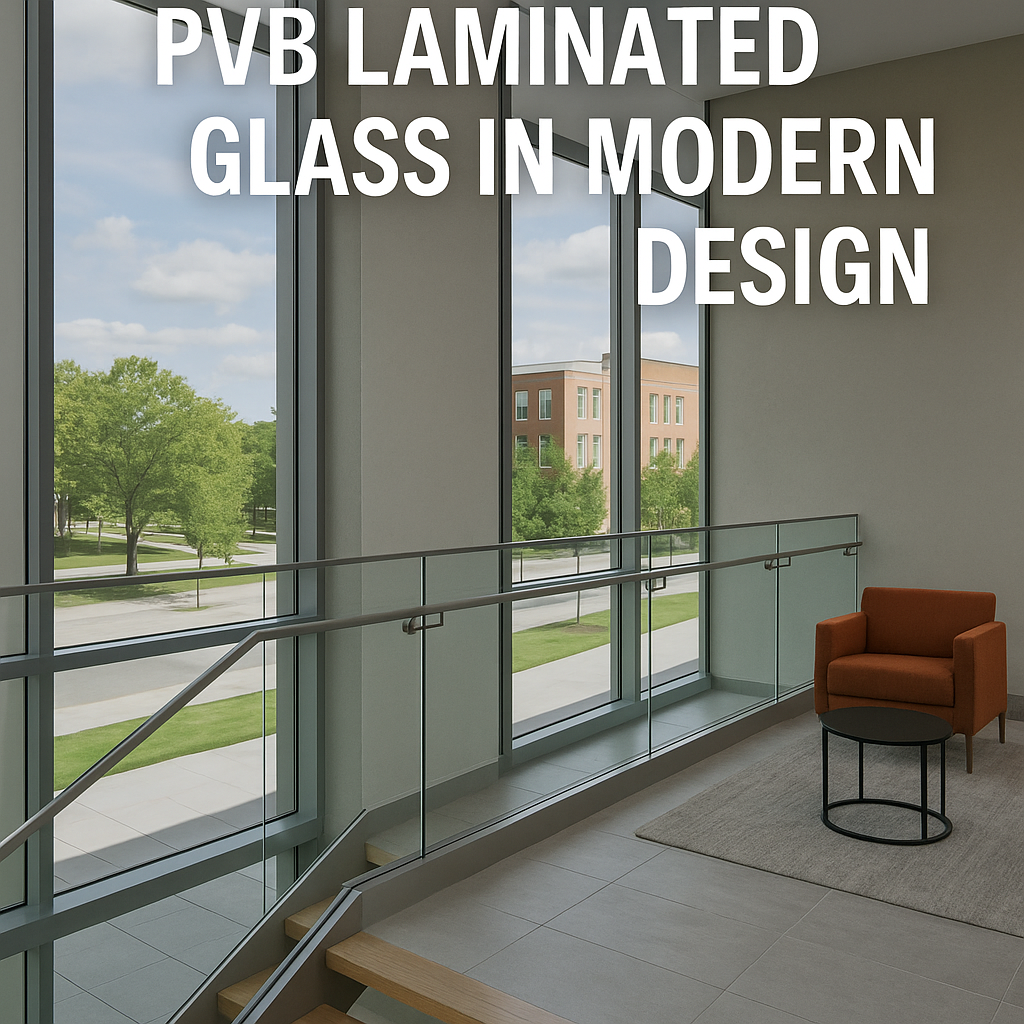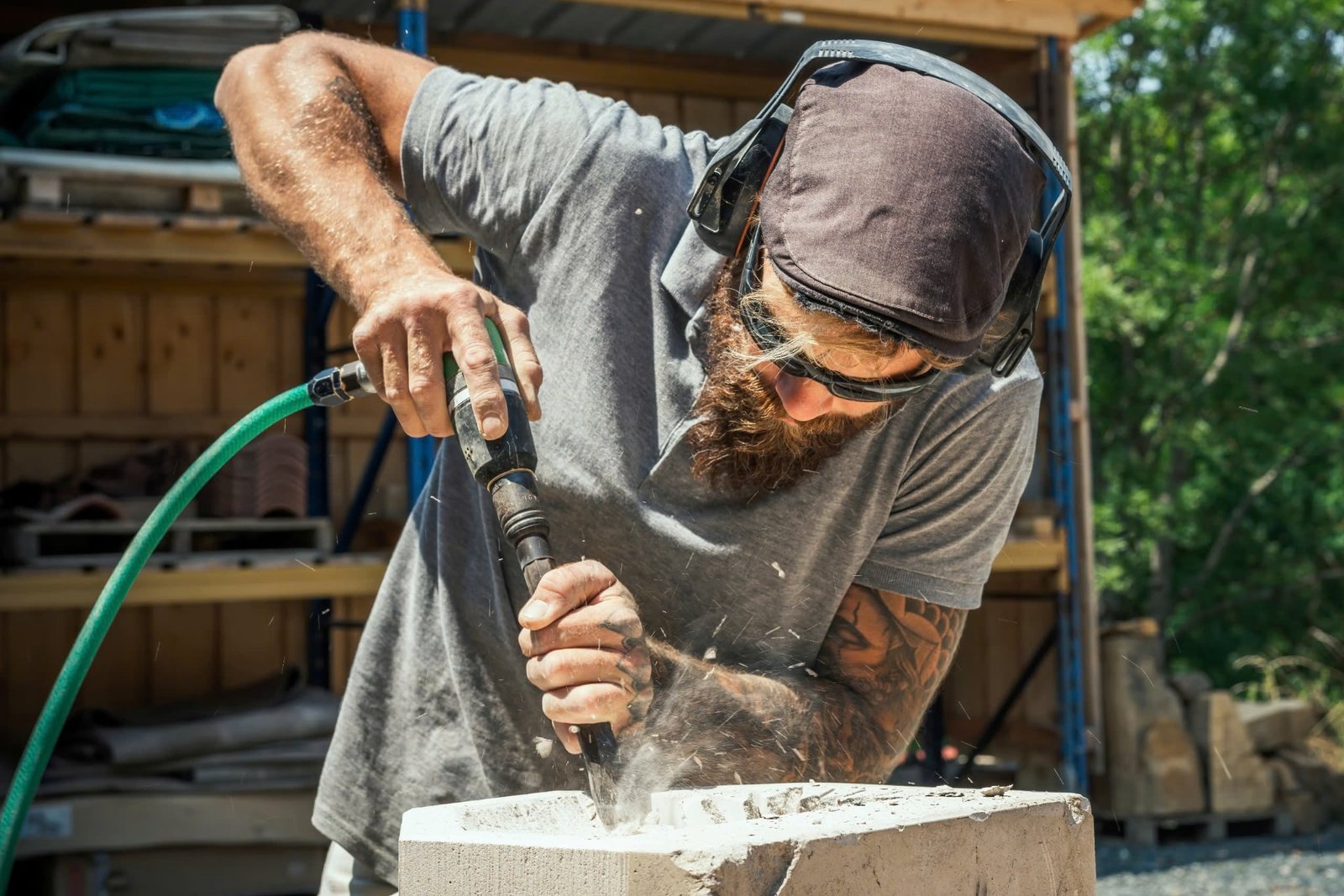
From skyscrapers to residential homes and premium vehicles, PVB laminated glass continues to prove its value across a wide range of applications.
PVB laminated glass is one of the most reliable and adaptable materials in contemporary architecture, automotive, and interior design. Offering a unique blend of strength, safety, and aesthetic flexibility, it has become a go-to solution for professionals seeking to balance form with function. From skyscrapers to residential homes and premium vehicles, PVB laminated glass continues to prove its value across a wide range of applications. This article explores the key benefits of PVB laminated glass, its diverse use cases, and why it’s a preferred material in modern construction and design environments.
What Is PVB Laminated Glass?
PVB laminated glass is created by bonding two or more layers of glass with a polyvinyl butyral (PVB) interlayer using heat and pressure. This interlayer holds the glass together upon breakage, preventing dangerous shards from scattering and providing enhanced safety. While safety is one of its core features, PVB laminated glass also offers clarity, durability, UV protection, sound insulation, and flexibility in visual design.
Understanding what is PVB laminated glass is essential to appreciating its multifunctional role. Unlike ordinary glass, laminated glass remains intact even when broken, making it suitable for applications requiring enhanced protection and resilience. It’s available in various thicknesses, finishes, and color tints, allowing it to be tailored to the unique requirements of buildings, interiors, and transportation systems.
For a broader overview of use cases, see PVB Laminated Glass Applications in Modern Design.
Safety and Security Advantages
One of the most compelling benefits of PVB laminated glass is its ability to improve safety. The interlayer absorbs impact and holds broken glass in place, reducing the risk of injury. This makes it particularly effective in environments with high foot traffic, elevated glass features, or where building codes demand safety glass.
PVB laminated glass also provides added security by resisting penetration. Intruders attempting to break through laminated windows or doors face significant delays, giving security systems more time to respond. This is why laminated glass is often used in storefronts, government buildings, schools, and banks.
In vehicles, PVB laminated glass is used in windshields and increasingly in side and rear windows to enhance passenger safety during collisions and protect against theft. For more on automotive safety applications, read PVB Laminated Glass for Cars, Homes, and Buildings.
Design Flexibility and Aesthetic Appeal
Modern design values transparency, openness, and minimalism—qualities that PVB laminated glass supports seamlessly. Its optical clarity and customizable interlayers allow for innovative visual effects while maintaining safety standards. Designers can choose from a variety of tints, colors, frosted patterns, and even digital prints to match aesthetic goals without sacrificing durability.
This makes laminated glass ideal for use in:
- Glass balustrades and staircases
- Frameless partitions and doors
- Storefront glazing and display cases
- Skylights and curtain walls
- Furniture components like tabletops and shelving
Architects increasingly use laminated glass to blur the line between indoor and outdoor environments, allowing light to flow while ensuring soundproofing and insulation.
Explore more design advantages in PVB Laminated Glass: Safe, Stylish, and Versatile.
Noise Reduction and Acoustic Comfort
PVB laminated glass contributes significantly to acoustic insulation. The interlayer dampens sound vibrations, reducing external noise transmission into buildings and vehicles. In busy urban environments, this helps improve comfort and focus in residential, office, and hospitality spaces.
Hotels, schools, hospitals, and libraries benefit greatly from the use of PVB laminated glass in walls, doors, and windows to create quieter environments. In automotive design, it reduces road and wind noise, enhancing passenger experience.
UV Protection and Interior Preservation
UV rays can cause fading and deterioration of interior furnishings, fabrics, and flooring. PVB laminated glass blocks up to 99% of UV radiation, helping preserve indoor aesthetics and prolong the life of decorative elements and equipment. This benefit is especially relevant in art galleries, retail stores, and residential spaces with large glass surfaces.
UV protection is built into the interlayer, so it does not affect the visual clarity of the glass. This makes it a discreet yet effective barrier against long-term sun exposure damage.
Energy Efficiency and Sustainability
PVB laminated glass can be integrated into energy-efficient glazing systems. When combined with low-E coatings or installed as part of a double-glazed unit, it enhances insulation, reducing reliance on heating and cooling systems. This supports green building standards and contributes to LEED and BREEAM certifications.
In climates where solar control is essential, PVB laminated glass helps regulate interior temperatures and improve occupant comfort. With its durable construction, it also has a longer lifespan than traditional glazing, reducing replacement cycles and minimizing environmental impact.
Comparison with SGP Laminated Glass
PVB laminated glass is often compared with SGP laminated glass, which uses a different interlayer known as SentryGlas Plus. While SGP provides superior strength, stiffness, and structural integrity—especially in exposed-edge applications—PVB remains more versatile and cost-effective for most architectural and decorative uses.
SGP laminated glass is typically used in structural glass applications like suspended facades, glass bridges, and hurricane-resistant glazing. For everyday projects where flexibility, acoustic control, and affordability are essential, PVB laminated glass remains the preferred choice.
Installation and Maintenance Considerations
Proper PVB laminated glass installation ensures long-term performance. Installers should:
- Avoid exposing edges to moisture
- Use non-reactive sealants and compatible framing
- Follow industry best practices for load-bearing glass
- Provide adequate ventilation in exterior applications
Routine PVB laminated glass maintenance includes cleaning with soft cloths and pH-neutral solutions. Avoid harsh chemicals or abrasive tools, which can damage coatings or the interlayer. Periodic inspections for edge delamination or seal failure are recommended in outdoor or high-traffic environments.
Cost Factors and Price of PVB Laminated Glass
The price of PVB laminated glass depends on thickness, glass type, interlayer complexity, customization, and project scale. On average, costs range from $20 to $60 per square foot. Acoustic, colored, or decorative variants may cost more.
While PVB laminated glass has a higher upfront cost than standard glass, its safety, longevity, and reduced maintenance needs often lead to better long-term value.
Buyers should work with reputable PVB laminated glass manufacturers who provide certified products and reliable support services. These manufacturers often offer design consultation, custom fabrication, and full compliance documentation to meet regional building codes and architectural specifications.
Conclusion: Why Choose PVB Laminated Glass?
PVB laminated glass is more than just a safety solution—it’s a design-forward material that empowers architects, engineers, and designers to create safer, more comfortable, and visually stunning environments. Its ability to adapt to structural, acoustic, aesthetic, and environmental requirements makes it indispensable in modern design.
Whether it’s used in a luxury vehicle, a glass office façade, or a quiet living room retreat, laminated glass with PVB interlayers delivers unmatched benefits. As construction continues to evolve toward smarter, safer, and more sustainable buildings, PVB laminated glass remains at the forefront of innovation.
To further explore its design versatility and real-world applications, visit:

